This Epcot Food & Wine Festival dining experience took place on Thursday, October 16, 2014
This was our second visit to the Sake and Food Pairing at Tokyo Dining this year. We arrived early enough for Nick to get some photos of the set-up.
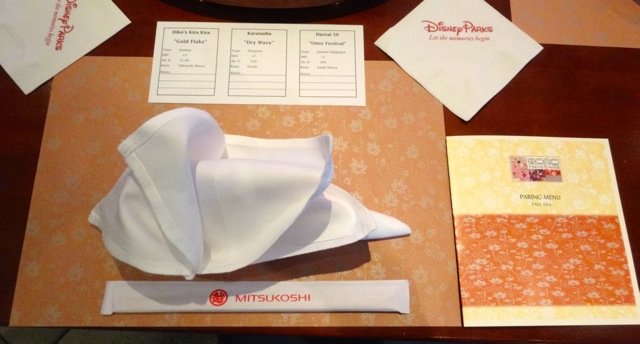
each place setting included sake set-up, sake description card, cocktail napkin, menu, cloth napkin, and chopsticks
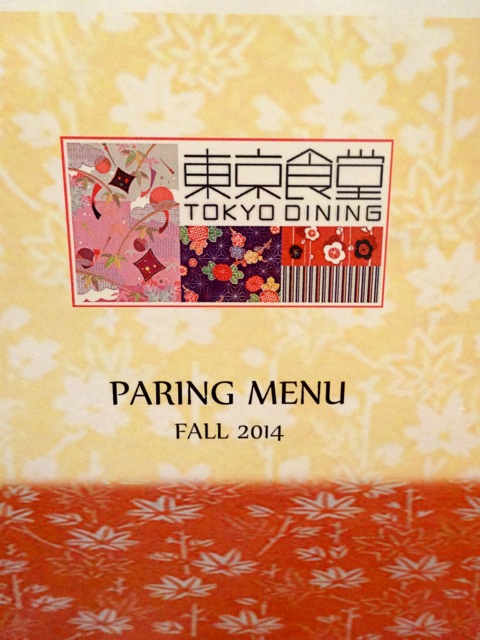
the menus always have a higher level of detail than the menus at the other food pairing lunches (so far)
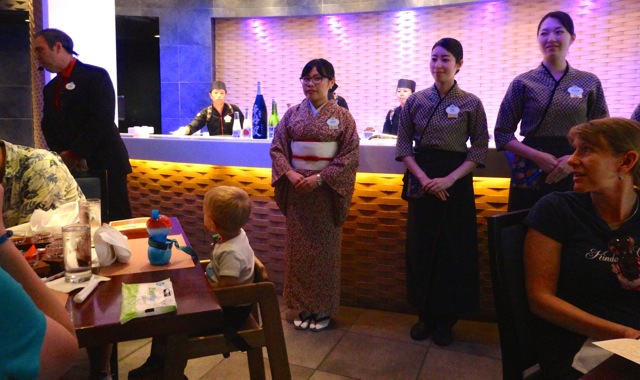
Garin and our service team (did you notice the rather small child? yes, really… bring your baby to a food and alcohol pairing, we really want to listen to them shriek with boredom!)
Our server was the tallest girl – Mami (prounced Mommie). She did a good job, but relatively speaking, the service this year overall wasn’t as good as in past years. There were a few times when we had to signal the servers with sake that our table wanted more.
We don’t have photos of the aperitif – Peach Flower Sparkling Sake HANA FUGA (from Oseki Brewery). Again, Nick thought it was too sweet and I wasn’t massively impressed either. Our table mates proved to be delightful companions – they’re also Southerners AND originally from Alabama – ROLL TIDE! The wife really liked the sparkling sake and the husband was okay with it. This wasn’t their first Sake Lunch during Food & Wine, they typically attend this event and it was rather nice to share our table with someone who really likes this event too.
The nose of this sake was a lot of marshmallow today. I thought the taste was nice, smooth and mellow with slightly creamy fruits. Nick got a lot of alcohol on the palette, but not rough alcohol. This is the only sake we took photos of, it has gold flakes which you can see; the other sakes were just clear sake, not much to see.
All of us at our table ran out of sake before we finished this course.
We weren’t that crazy about this next course when we were here with Nevie (review). Unfortunately, it still failed to impress us. Chef explained later that this sort of dish is very popular in Western Japan – to us, it seems like bar food. There’s a variety of fried foods sitting on top of fried Japanese sweet potato noodles.
The sake for this pairing continues to be our favorite – it was also the favorite of the gentleman sitting at our table. The nose on the “dry wave” was dry (no surprises), the taste was melons and chocolate. This is a honjozo, it has extra alcohol added for flavor and can be served hot, warm or cold.
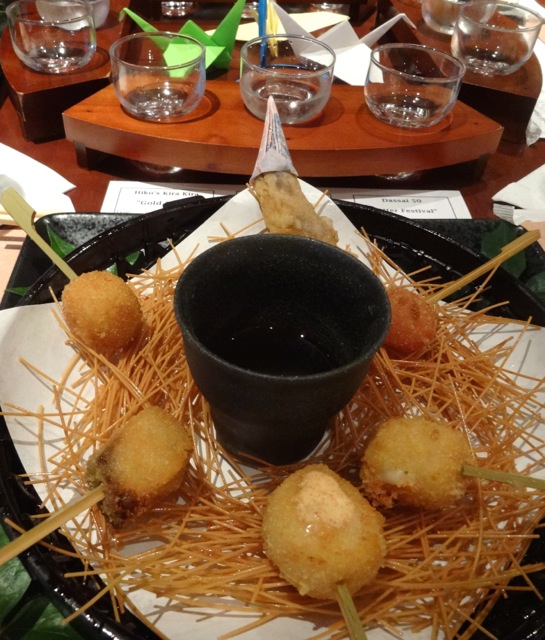
starting at 12:00 and going around clockwise: Chicken, Tomato, Cheese, Scallop, Pork Belly, and Quail Egg
Quick Rundown
- Chicken Wing = good
- Tomato = juiciest thing on the plate (of course! it’s a fried vegetable)
- Cheese = weird, not that pleasing
- Scallop = too chewy, over cooked (not usual for seafood at Tokyo Dining, perhaps it continued to “cook” after plating and before we ate it)
- Pork Belly = quite good
- Quail Egg = overcooked and tough
We understand that this is very representative of what’s going on in the food scene in Western Japan – and we truly appreciate the chef and the staff striving for authenticity – I think that our tastes run more to non-Western Japan flavors.
The last sake was a junmai daiginjyo – a superior sake. The rice is polish to 50% (meaning that half of each rice grain is polished away) and it’s pure (there’s no alcohol added). We typically like junmai daiginjyo and this one didn’t disappoint, but the pairing wasn’t the best today. I think that went to the sushi. This sake has a rather sweet taste with a light nose, there a lot of rice flavors.
At this point, we were just relaxing and enjoying our dining companions (and trying to ignore the shrieking baby at the next table and the extremely noisy people/children in the lobby area – do parents not attempt to teach their kids public manners?)
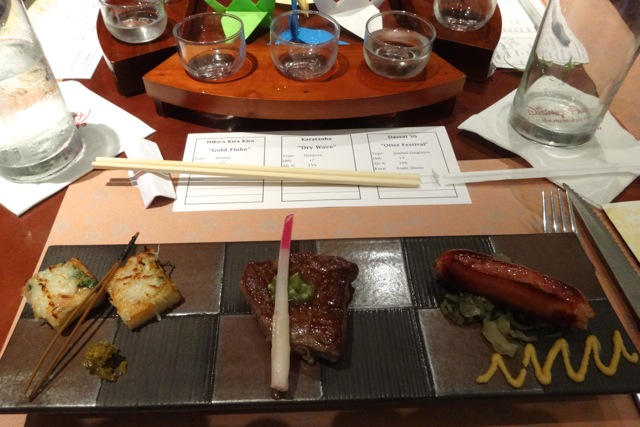
last pairing – that’s fish cake on the left (not cheese as we previously thought), wagyu steak, and sausage

that fish cake is really a challenging texture and flavor – it isn’t my favorite with any Japanese dish
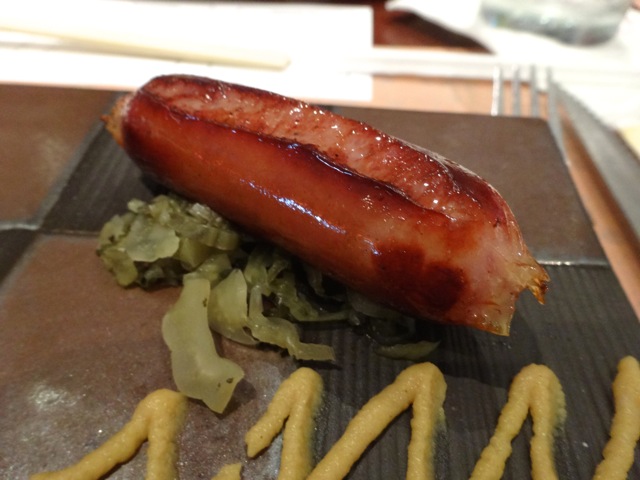
Sausage = good … sounds like a theme for Epcot Food & Wine Festival this year! – sausages seem to be the best thing we’ve eaten time and time again
Nick’s Comments
Garin is a great host for the food and sake pairings. The new sound barriers helped greatly. But as the dinner crowd comes in for 5:00 reservations, the end of the pairing experience gets too loud.
I don’t know when the slow time is for the restaurants, but I would hope that 2:30 to 4:30 might be better. Why? The pairings still seem rushed in 1.5 hours, 2 full hours would allow the guests time to sample our sakes and discuss with our table mates the attributes of the sake. Then, we should have time to talk about how the pairing works.
Ideas for possible changes
- start with the introduction of how sake is made and the ingredients that go into it, while everyone enjoys the welcoming aperitif
- introduce the theme/region for the food
- pour the first sake (there are typically three sakes and three courses), explain how the sake varies slightly from a basic sake while everyone is tasting it
- server the food pairing, make sure each guest has sake for pairing with that course
- repeat for each course and pairing
Basically, an hour and a half isn’t enough time to truly appreciate the effort that goes into the food and sake pairings.
We’ve done this pairing twice this year, and although I can’t say that western Japanese dishes are my favorites, I can say that with a bit more time, quietness, and explanation, I would have found the experience more enjoyable.
I do enjoy this lunch experience greatly, and I will do it every year that I can. I’d love to see the pace slowed and the timing changed so that guests who want to fully experience the pairings had the time to appreciate the effort from the chefs, servers, and management.
Thank you to everyone at Tokyo Dining who work to make this a memorable experience for their guests.
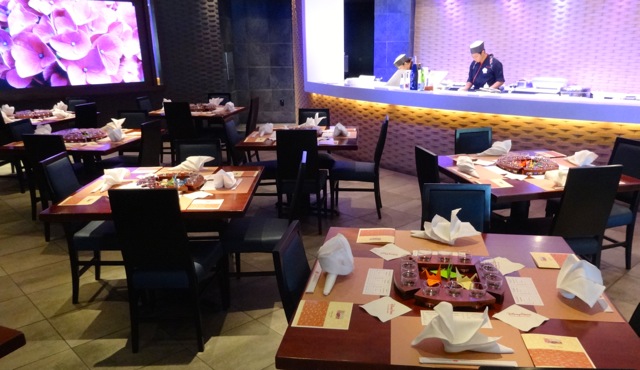
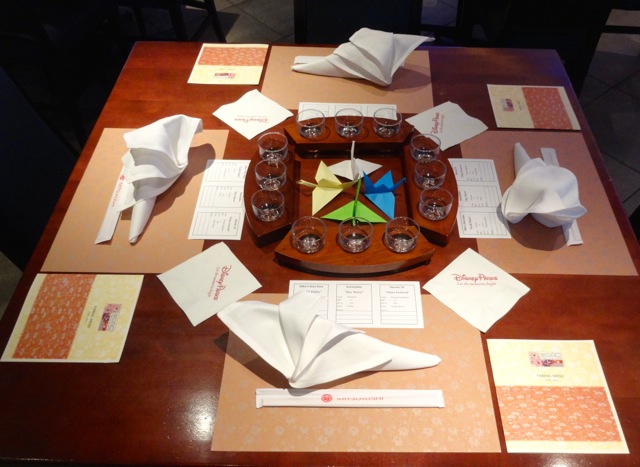
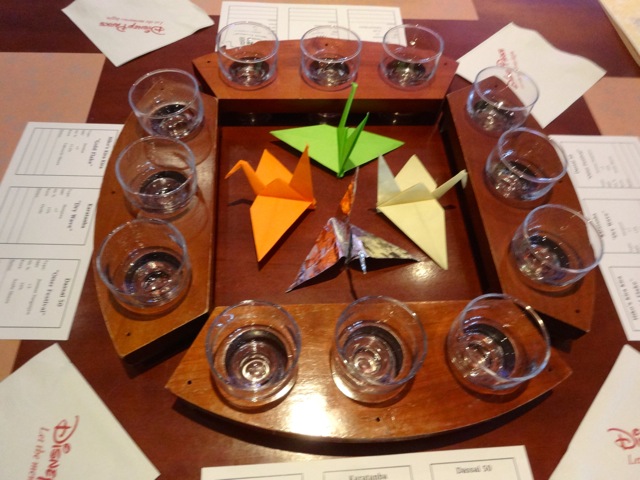
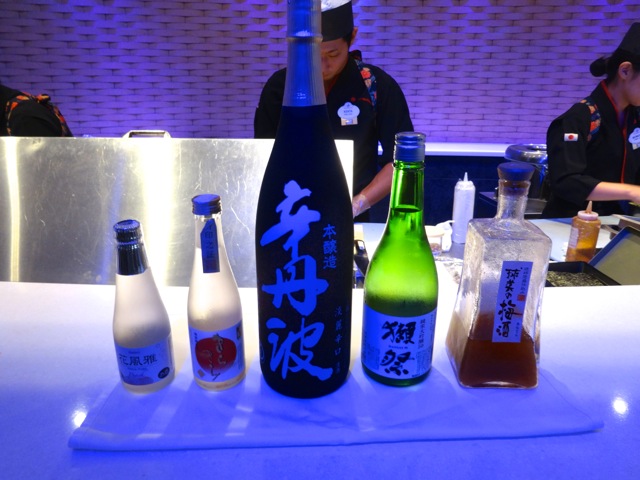
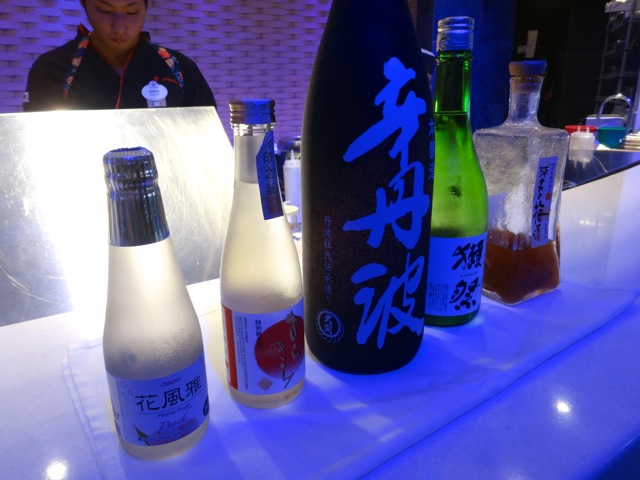
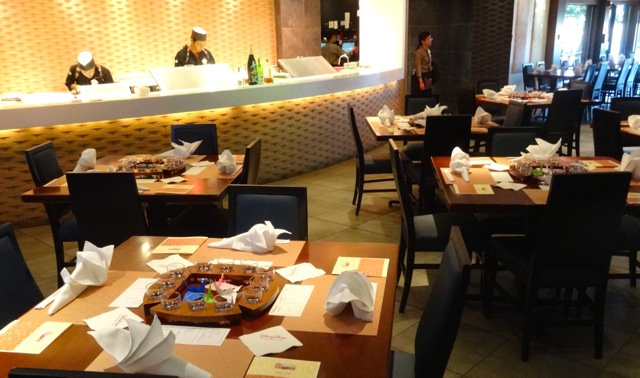
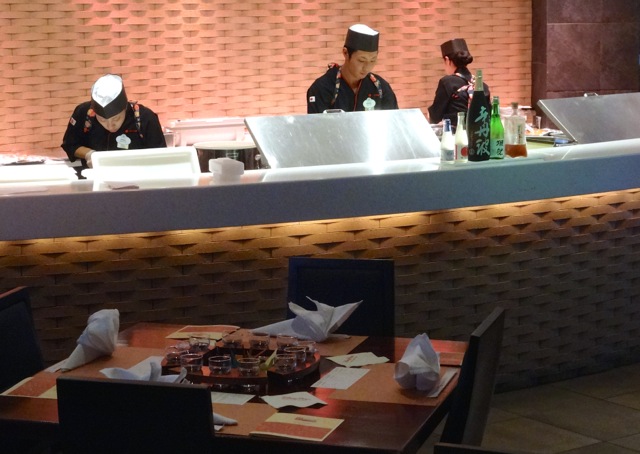
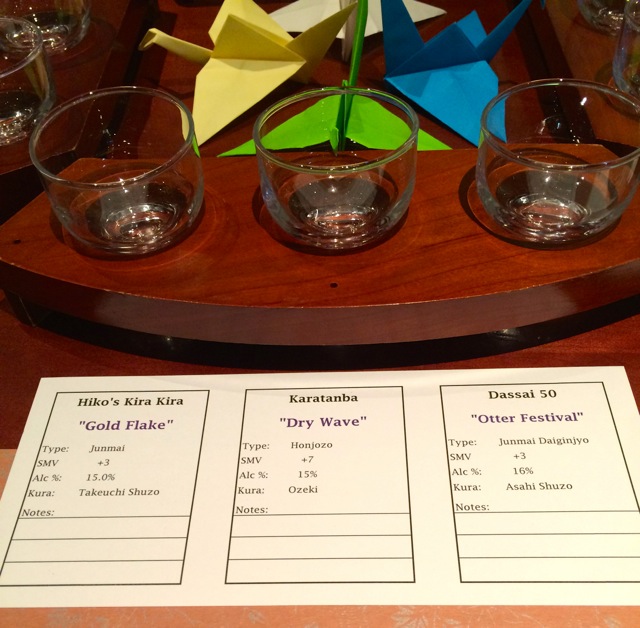
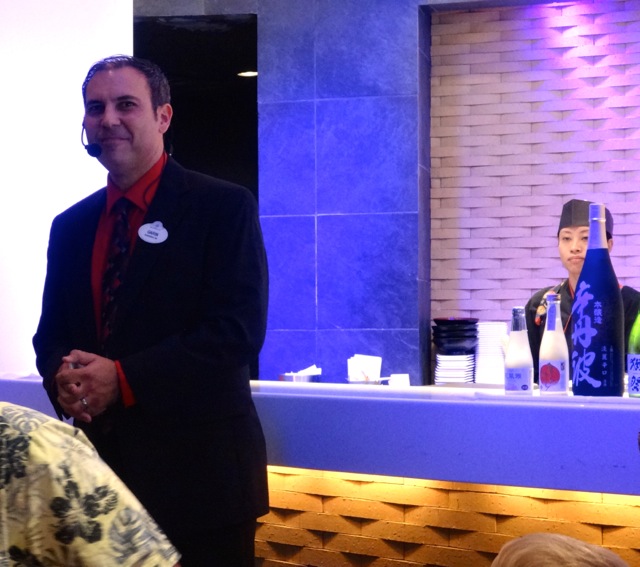
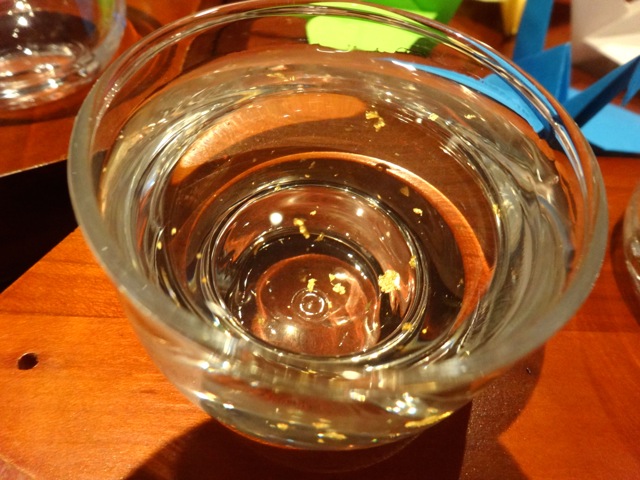
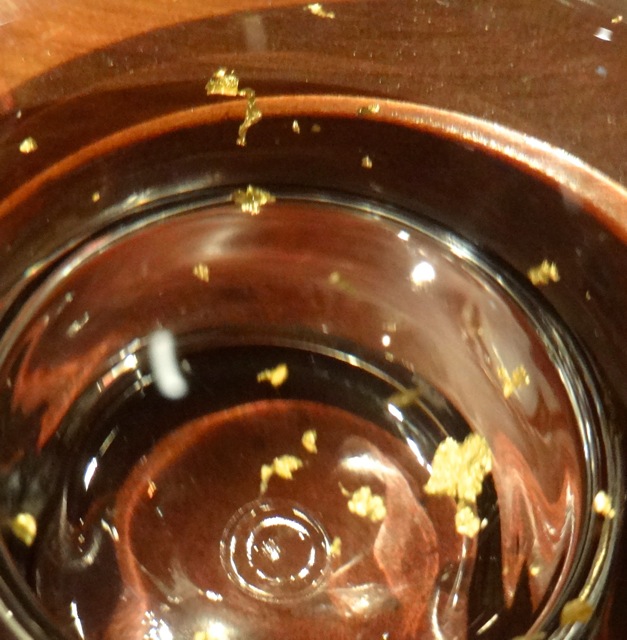
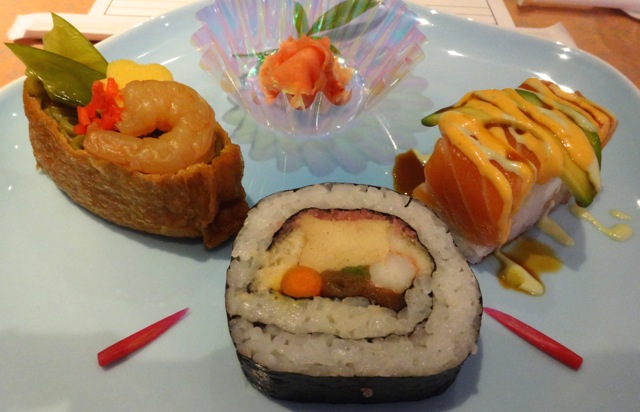
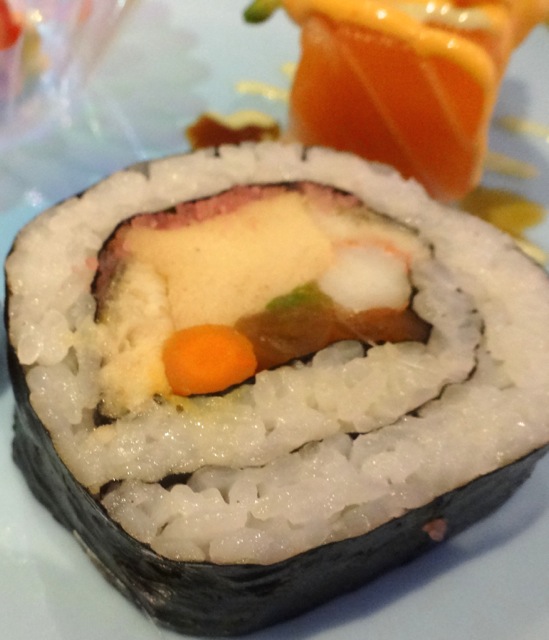
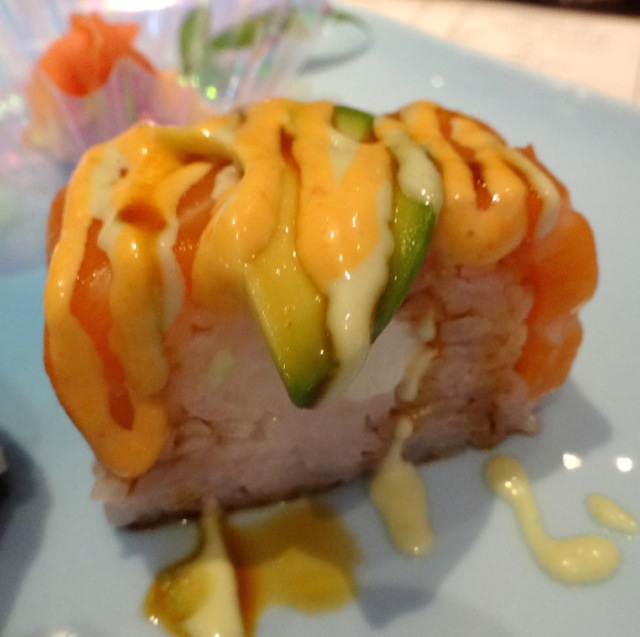
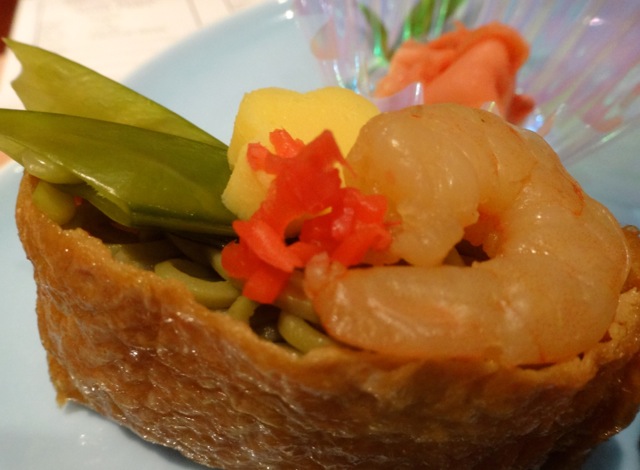
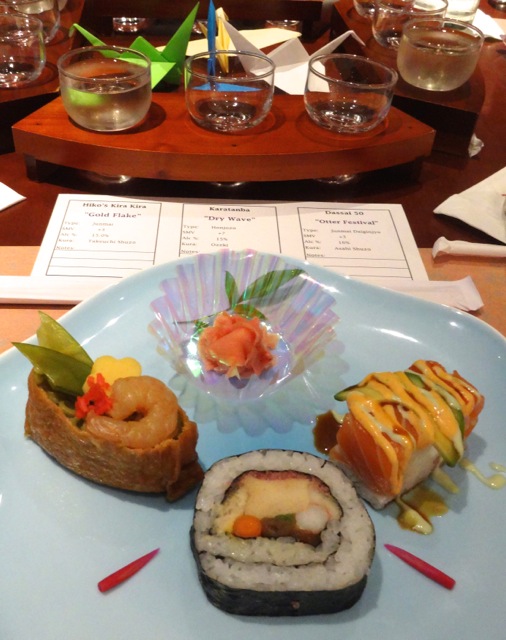
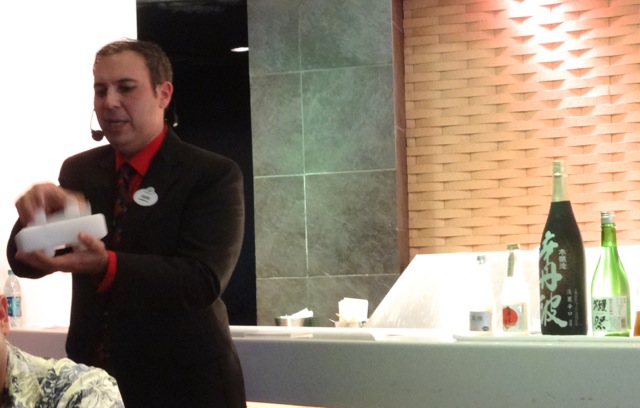
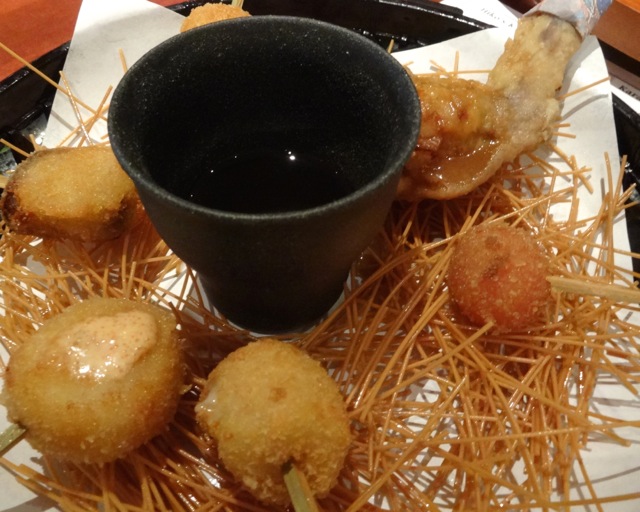
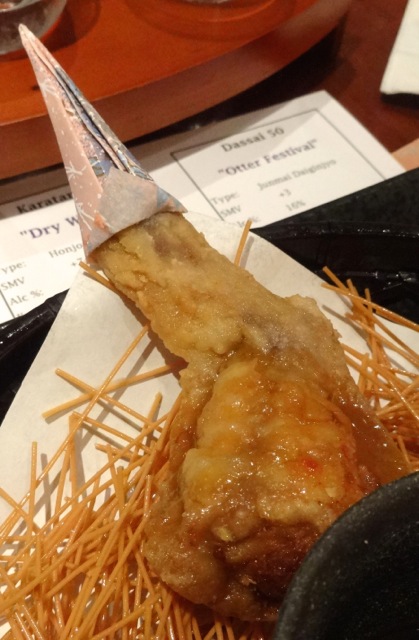
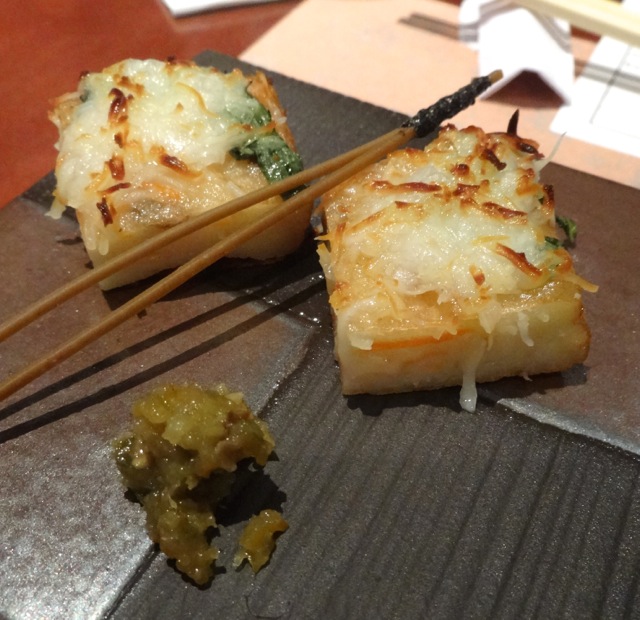
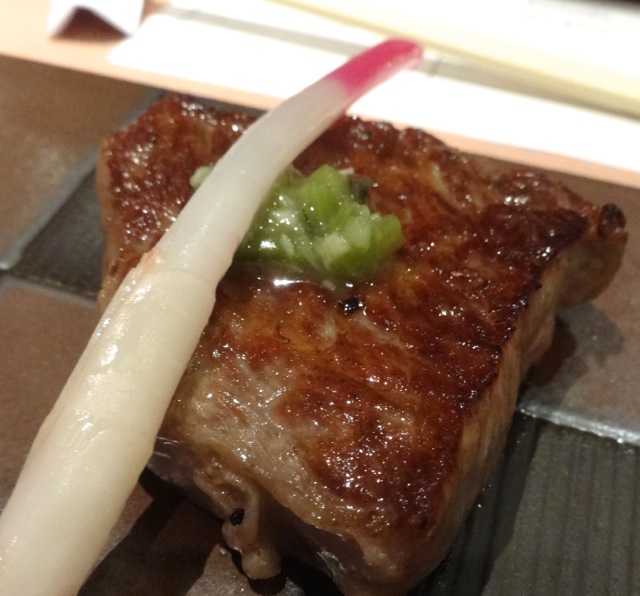
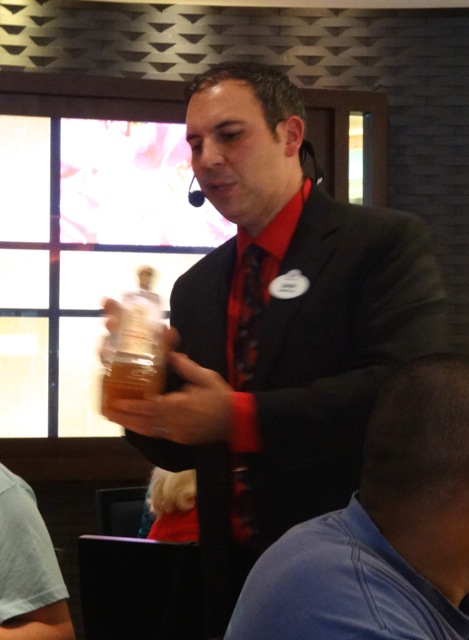
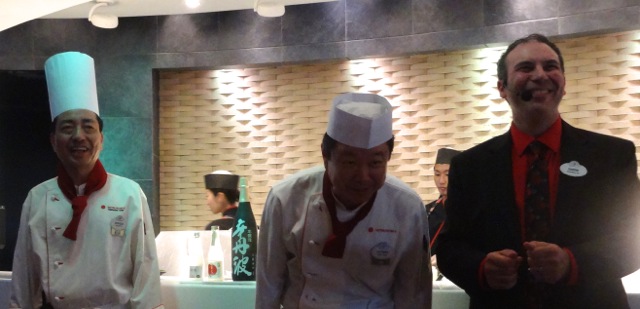
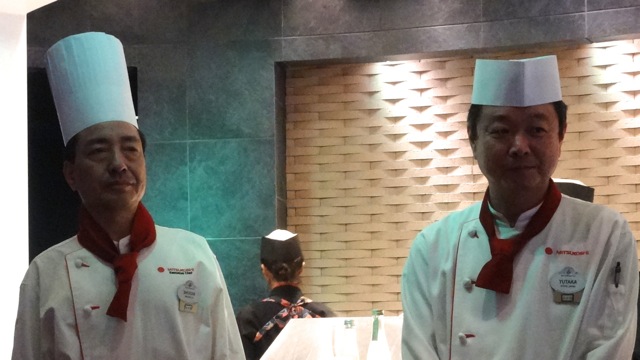
You must be logged in to post a comment.